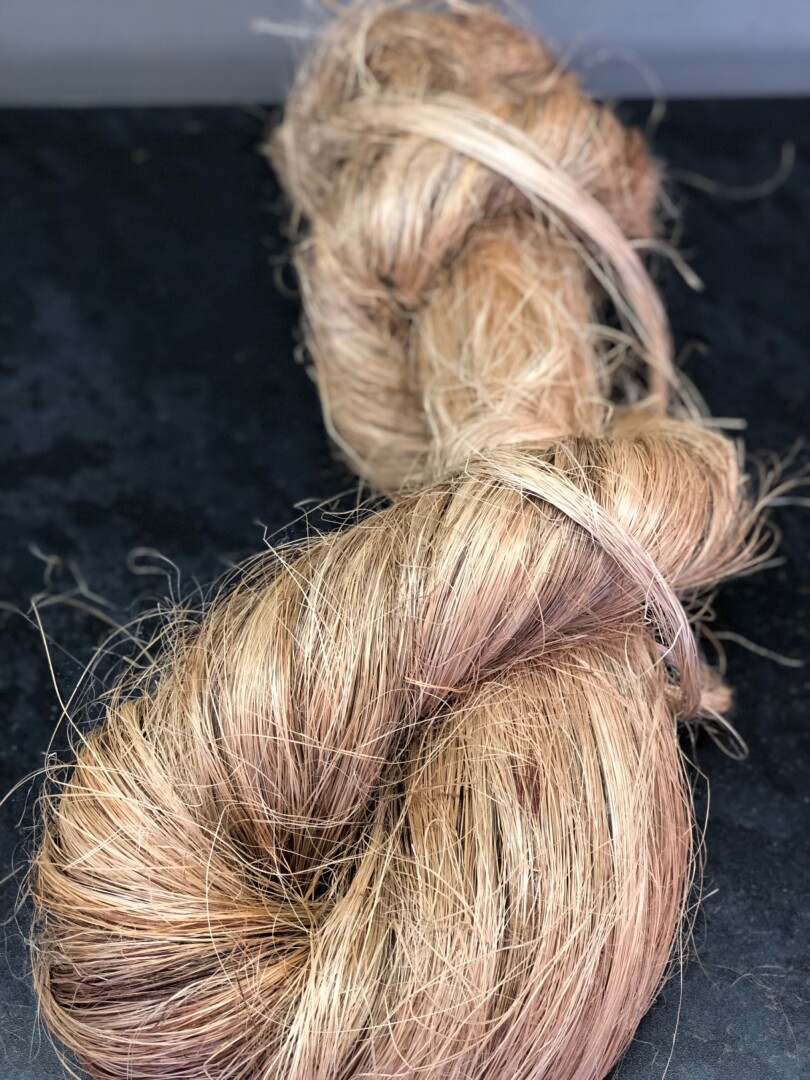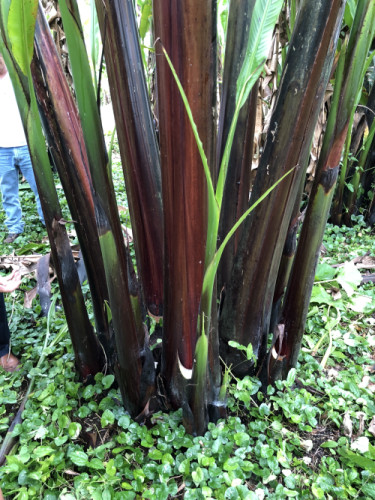
The Philippines is the largest producer of Abaca fibre, averaging around 60,000 tons per annum.
Over the last 80 years or so production of Abaca has been developed in Ecuador, and to a limited extent in Costa Rica. The production in Ecuador has fluctuated from around 8,000 tons today, which is down from 12,000 tons at it’s height in the past.
Ecuador was considered an ideal growing area for Abaca fibre, as they are a large producer of edible bananas which are exported across the world.
Production in the Philippines is based on a “smallholder” system of agriculture, with the average farm size between 3 – 5 hectares, so consistency of the quality of the fibre is rather variable. The fibre is collected from the small farms and taken to processing installations/Bodegas where the fibre is cleaned and baled ready for export.
In Ecuador production is organised on relatively large farms, although there is a small holder network working through a Cooperative movement.
S2
S3
I
G
JK
M1
Y
OT
Grade 2
Grade 3
Grade 4
All the above grades are known as the White Grades
Grade 5
The main use of Abaca fibre today is for the specialist pulp and paper industry where it’s relatively long staple length, strength and cellulose content make it ideal for the production of specialist papers including tea and coffee bags, sausage casing paper, electrolytic papers, currency paper, cigarette filter papers, food preparation and medical filter papers, stencil papers and dictionary/bible paper.

When mature, the Abaca plant consists of 12 – 30 stalks from a central root. The plants can grow to a height of up to 20 feet. The fibre is extracted from the stem of the plant, each stalk is cut into sheaths and the Abaca fibre is stripped away from the sheaths into Tuxies.
A hand or machine decorticator is used to remove the remaining unusable parts of the stem from the Abaca fibre.
The lower grades of Abaca originate from the outer stalk area where the fibre is coarser and darker in colour, with the finer, whiter fibre coming from the inner part of the stalks.
Each Plant stem can take between 18 – 24 months to mature and be ready for cutting, just as the inedible fruit appears. Once the plant has matured a second stem will reach maturity after about a 3 month period, so there is a continuous production from the “baby” stems that give rise to the view that the Abaca plant walks.
In both the Philippines and Ecuador the Abaca Fibre is packed in 125kgs bales.
Abaca, a “hard” fibre, is the Spanish name for Manila Hemp.
It is indigenous to the Philippines and is a member of the banana family of plants with the botanical name of Musa.
Manila Hemp was used commercially from 1820 for general cordage purposes where it replaced true Hemp and Flax for use on fishing and naval vessels, but was eventually superseded by Sisal fibre for the general cordage industry uses.
Manila Hemp was traditionally used for marine ropes, as it’s strength and resistance to deterioration when immersed in water were key factors which when Abaca was replaced by synthetic ropes, helped its transition to the specialist paper industry and in particular for tea bag paper.
It continues to be used for specialist marine ropes particularly in the oil industry on rigs out at sea.
We use cookies to give you the best online experience.
